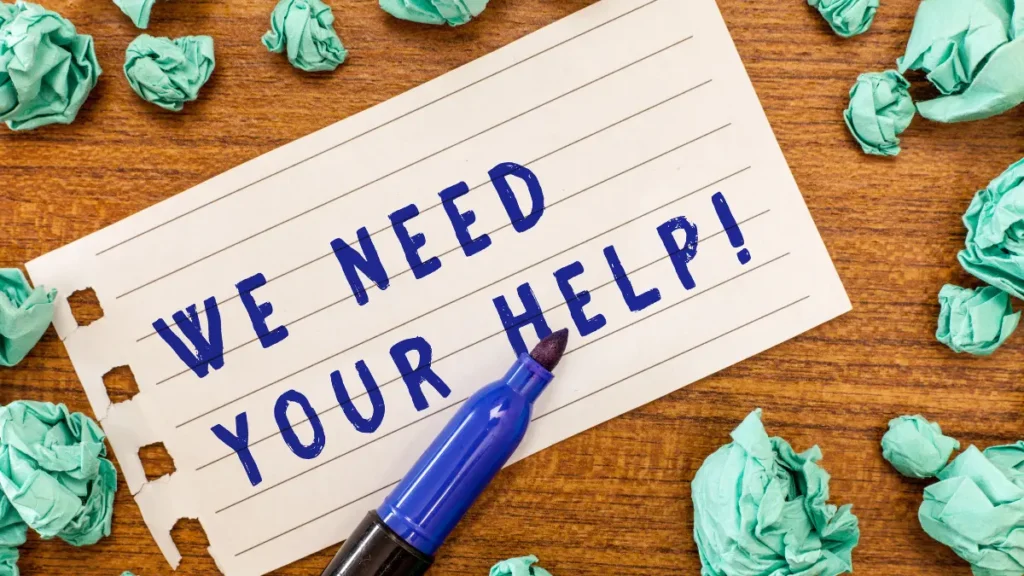Your non-governmental organisation is doing vital work in your community. You have a passionate team and a proven track record of local impact. Now, you’re ready to scale up, and that means looking beyond local funding to the world of international grants.
For many NGO leaders in West Africa, this step can feel incredibly daunting. The world of international funding can seem like an exclusive club with complex rules, unfamiliar jargon, and impossibly high standards. Where do you even begin?
The good news is that it’s not magic; it’s a process. This guide will provide you with a clear, step-by-step roadmap for Applying for Your First International Grant, demystifying the journey and empowering you to compete with confidence on the global stage.
Phase 1: Getting “Grant Ready” (The Foundation)
This is the most important phase. A brilliant proposal cannot make up for a weak organizational foundation. Before you even look for a grant, you must get your house in order.
Step 1: Get Your Legal & Financial House in Order
International funders conduct rigorous due diligence. They will not fund an organization that is not fully compliant. For Nigerian NGOs, this means you absolutely must have:
- Full registration with the Corporate Affairs Commission (CAC).
- A SCUML Certificate (from the Special Control Unit against Money Laundering).
- A corporate bank account in the name of your organization.
- At least one year of financial records, preferably audited financial statements.
Step 2: Define Your Niche and Track Your Impact
You cannot be everything to everyone. Clearly define your area of expertise (e.g., girls’ education, climate-smart agriculture, youth digital literacy). Crucially, you must have data from your past projects, no matter how small. Track your outputs (e.g., “we trained 50 women”) and outcomes (e.g., “30 of those women increased their income by 40%”). This evidence is your proof of competence.
Many organizations offer detailed readiness checklists, like this excellent resource from the Minnesota Council on Foundations, to help you self-assess.
Phase 2: Finding the Right Opportunity (The Search)
Step 3: Strategic Prospecting (Don’t Boil the Ocean)
The biggest mistake first-timers make is applying for every grant they see. This “spray and pray” approach is a waste of your limited time. Instead, be strategic. Look for funders whose mission and priorities perfectly align with your work. If a funder focuses on climate change, do not send them a proposal about maternal health.
From Prospecting to Partnership: The Role of a Curated Database
Strategic prospecting can be the most time-consuming part of the process. How do you find these aligned opportunities without spending all your time searching through dozens of complex funder websites? This is where a curated database becomes essential. At grantsdatabase.org, we do the searching for you. We monitor hundreds of international funders and highlight the opportunities that are specifically open to and relevant for West African NGOs. We help you move from endless searching to strategic applying.
Step 4: Dissecting the Call for Proposals (The Exam Questions)
Once you find a potential grant, treat the “Call for Proposals” or “Request for Proposals” (RFP) document as your exam questions. Print it out. Use a highlighter. Break it down to understand:
- Eligibility: Are you truly eligible? (Country, type of organization, etc.)
- Priorities: What specific problems do they want to solve?
- Deadline and Format: What are the non-negotiable submission rules?
Phase 3: Crafting the Proposal (The Application)
Step 5: Write a Clear, Compelling Narrative
This is where your research and past impact data come together. Your proposal must tell a clear story that connects the problem, your solution, and the funder’s priorities. For a detailed breakdown, check out our guide on the Anatomy of a Winning Grant Proposal.
Step 6: The Budget – Tell a Financial Story
Your budget is not just a list of numbers; it’s a financial explanation of your project. Every cost must be reasonable, justified, and directly linked to the activities in your proposal.
Step 7: The Submission and Follow-Up
Submit your application at least 48 hours before the deadline to avoid last-minute technical glitches. After submission, a brief, polite email confirming receipt may be appropriate, but do not pester the program officer.
Phase 4: After Submission (Win or Lose, You Win)
Step 8: Learning from Rejection
Your first few international applications may be rejected. Do not see this as a failure. See it as feedback. If the funder offers feedback, accept it gratefully. Use it to strengthen your organization and your next proposal. Every application you write makes you a better grant writer.
Conclusion
Applying for Your First International Grant is a marathon, not a sprint. It is a methodical process where success is built on a strong foundation of compliance, evidence, and strategic research. By getting your house in order first, you demonstrate that you are a credible and trustworthy partner. West African NGOs have some of the most powerful stories of impact and resilience in the world. With a professional and strategic approach, you can share that story on the global stage and secure the resources you need to deepen your impact.
